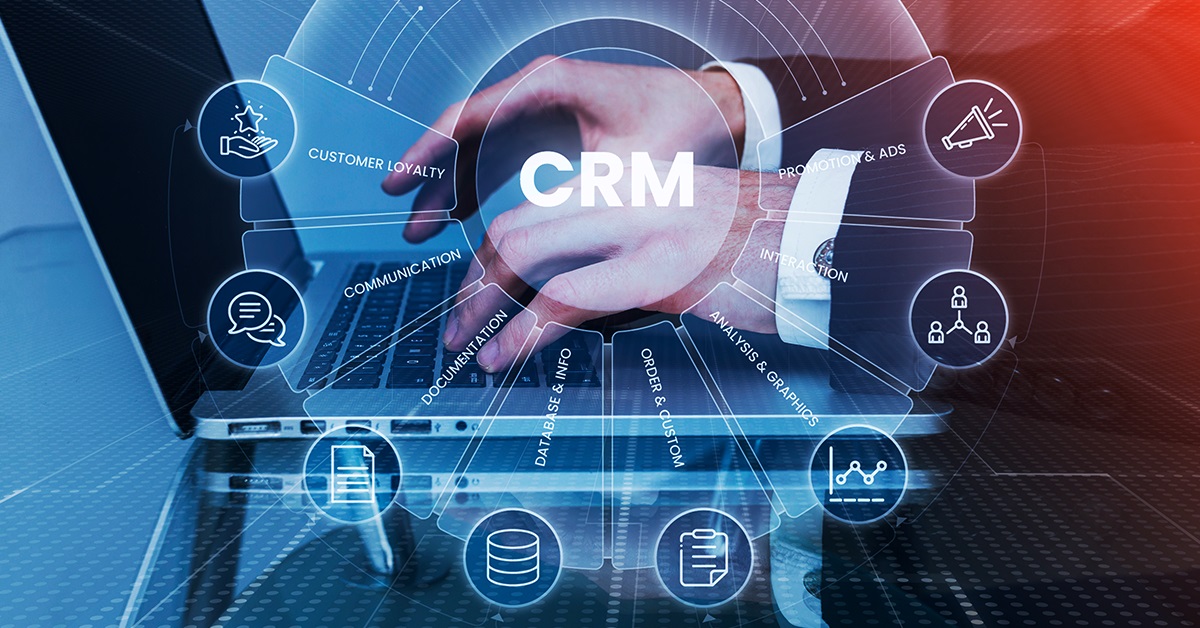Software Industry: Leading the Way with Cutting-Edge Solutions

4 min read
Introduction
The software industry has come a long way since its early beginnings, and it is now a driving force behind digital transformation across various sectors. The software industry has constantly changed to meet the demands of a world that is changing quickly, from the simplicity of early code-based programs to the sophistication of AI-driven applications. This blog will explore the industry’s journey, its role in digital transformation, and how cutting-edge solutions, such as AI, ML, blockchain, and SaaS, reshape how we live and work.
The Evolution of Software: From Early Beginnings to Modern Marvels
The beginnings of the software industry can be found in the earliest days of computing, when programmers manually wrote code to carry out specific tasks. The development of operating systems and productivity tools was made possible by the development of assembly language and high-level programming languages, which made it possible to create more complex software.
The development of ground-breaking programs like word processors, spreadsheets, and graphic design software was made possible by the widespread use of personal computers in the late 20th century. As the internet-connected people on a global scale and gave rise to web-based services and applications, it further accelerated the industry’s growth.
With a wide range of cutting-edge technologies available today, the software industry has reached previously unheard-of heights, enabling developers to produce ground-breaking solutions that were once thought of as science fiction.
Driving Digital Transformation: The Role of The Software Industry
Businesses in all sectors face constant pressure to maintain competitiveness and relevancy in the digital age. The software industry plays a critical role in accelerating digital transformation by giving businesses the tools and solutions they require to adapt to a constantly shifting environment.
Agile software development methods are now considered standard, enabling businesses to iterate and release software more quickly while remaining responsive to customer needs. Big data analytics and cloud computing have revolutionized data management and storage, allowing businesses to scale their operations smoothly and make data-driven decisions.
By connecting devices worldwide, the Internet of Things (IoT) has made smart manufacturing and remote monitoring possible to improve healthcare, smart cities, and connected medical devices. Innovative software industry solutions have paved the way for increased effectiveness, decreased costs, and improved customer experiences across numerous industries.
Machine Learning (ML) and Artificial Intelligence (AI): Revolution
AI and ML have emerged as game-changers in the software industry by enabling machines to carry out tasks that previously required human intelligence. Natural language processing (NLP) enables computers to comprehend and produce human language. Paving the way for chatbots and virtual assistants like Siri that improve customer service and support.
AI-powered computer vision allows for analyzing images and videos, advancing technologies like facial recognition, object detection, and autonomous vehicles. Personalization of user experiences in e-commerce, entertainment, and content platforms is achieved by recommendation systems based on ML algorithms.
However, with great power comes great responsibility. Ethical considerations are vital in AI development to avoid bias, privacy violations, and unintended consequences. The software industry is actively addressing these concerns to ensure AI is developed and used responsibly.
User-Focused Design: Improving Client Experiences
As businesses prioritize user experiences to develop successful products and applications. User-centric design has taken center stage in the software industry. Intuitive interfaces and seamless interactions have been made possible by understanding user needs and preferences through research and feedback.
Social media platforms, mobile apps, and e-commerce websites are all successful examples of user-centric design. The software industry has been able to produce products that connect with their target markets. By putting users at the center of the development process, increasing customer satisfaction and loyalty.
Blockchain Technology: Safeguarding The Future
Blockchain technology, primarily associated with cryptocurrencies like Bitcoin, has broad implications outside the financial sector. It is the perfect solution for securing digital transactions, confirming identities, and establishing transparent supply chains because of its decentralized and immutable nature.
The supply chain management industries are looking into blockchain-based solutions to increase security, reduce fraud, and improve traceability. As it advances, there is a wide range of innovative potential applications for blockchain technology in the software industry.
SaaS (Software as a Service): Enabling Businesses
The introduction of software as a service (SaaS) has revolutionized how companies access and use software. SaaS eliminates the need for on-premises infrastructure and software installations by hosting and maintaining applications on behalf of providers.
SaaS has several benefits, including reduced costs, scalability, automatic updates, and improved teamwork. Businesses can subscribe to SaaS solutions for various uses, including project management, human resources management, and customer relationship management.
However, businesses must carefully select reliable providers and implement strong security measures. When using SaaS because data security and privacy concerns are still very important.
Cybersecurity: Safeguarding the Digital World
Cybersecurity has risen to the top of the industry’s priorities as the world increasingly depends on software solutions. Data breaches, ransomware, and phishing attacks are just a few examples of cyber threats that put people and businesses at serious risk.
Software developers are actively implementing strong security measures to guard against potential breaches. Cybersecurity tools powered by artificial intelligence (AI) can examine enormous amounts of data. This enables proactive defense strategies to protect against evolving cyber risks.
The software industry is working hard to promote a security-first mentality, improve cybersecurity procedures. And inform users about potential risks to avoid cyber threats.
The Future of Software: Emerging Trends and Prognostications
With numerous new trends influencing its future, the software industry is not slowing down anytime soon. With the potential to solve issues currently beyond conventional computers’ reach, quantum computing is set to revolutionize computation.
Immersive gaming, educational, and training experiences are anticipated to be produced by incorporating augmented reality (AR) and virtual reality (VR) into software applications. Additionally, introducing 5G technology promises faster and more dependable connectivity, creating new opportunities for IoT devices and cloud-based applications.
As the sector adopts these and other technologies! It will continue to spur innovation and open the door for a time. When software solutions will become even more essential to our daily lives.
Conclusion
Since its inception, the software industry has come a long way. Its unwavering commitment to innovation has resulted in the development of ground-breaking solutions, that are revolutionizing our world. The software sector leads innovation in various ways, including using AI and ML to transform industries. Secure the transactions with blockchain technology, and empower businesses.
To ensure that technological advancements benefit society. The industry must continue to be dedicated to ethical practices user-centric design, and cybersecurity. With new technologies like quantum computing and the incorporation of AR, VR, and 5G. The software industry will continue to take the lead and shape an era of virtually endless potential.
Published: July 25th, 2023





